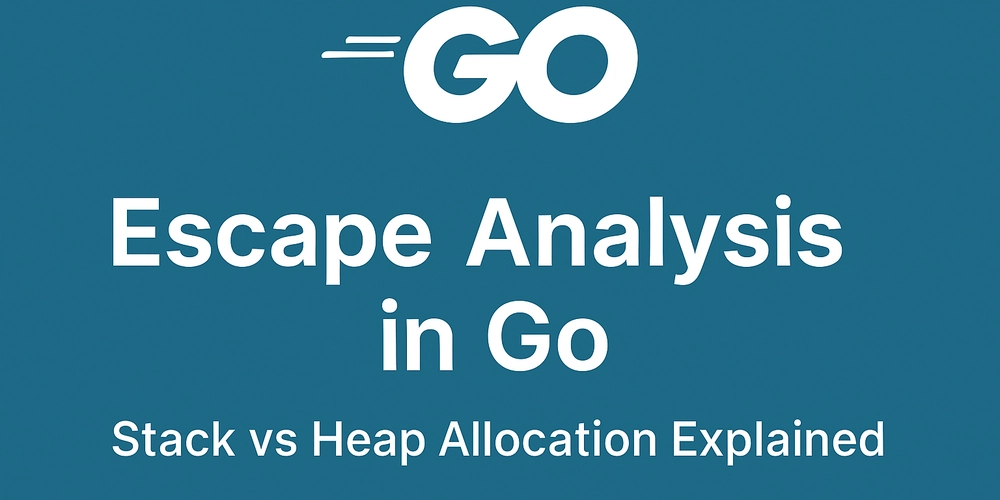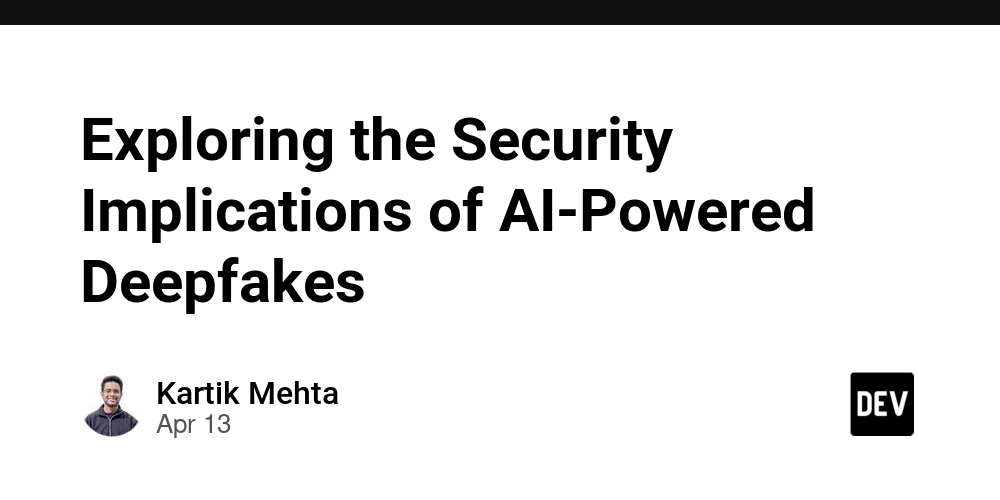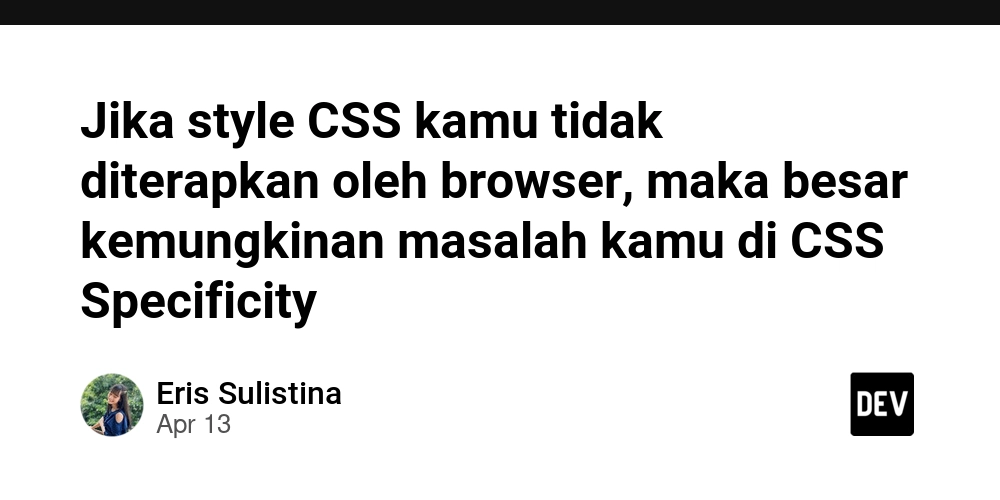Rethinking Unit Economics: How AI Agents Are Rewriting The SaaS Playbook
To understand how AI may be changing the dynamics behind SaaS, the real question is: “How is AI driving business outcomes right now?” Guest author and strategic advisor Itay Sagie shares five signs that show AI is making a meaningful impact.

SaaS has long been defined by clear metrics: LTV/CAC, CAC payback period, Net and Gross Revenue Retention, the Rule of 40, and the Rule of Four and more.
These remain foundational. But with AI, especially autonomous agents, becoming embedded across go-to-market, support and product workflows, the assumptions behind those benchmarks are starting to shift.

The possibilities
This isn’t about replacing the SaaS playbook. It’s about understanding how AI may be changing the dynamics behind it.
If AI agents lower acquisition costs by qualifying and converting leads automatically, CAC payback periods could shorten. If those same agents boost retention through smarter onboarding and personalized support, LTV may rise. Suddenly, a 3:1 LTV/CAC ratio might evolve toward 5:1. The Rule of 40, designed for traditional cost structures, could become 50 or even 60 for leaner, AI-leveraged teams.
These aren’t predictions, but possibilities founders and investors should start considering.
Existing AI maturity models focus on strategic readiness, skills, governance and infrastructure. But in SaaS, the real question is: “How is AI driving business outcomes right now?”
Here are five signs that AI is making a meaningful impact:
- Autonomy of execution: Are AI agents independently running workflows in sales, support, onboarding or analytics?
- Deployment breadth: Is AI used across multiple teams, or siloed in one corner of the org?
- Business impact: Are core metrics such as CAC, LTV, churn and expansion improving due to AI, not just coincidentally?
- Payback speed: Is value from AI visible within months, not years, through margin gains or productivity lifts?
- System learning: Are your AI tools getting smarter over time, adapting based on usage and feedback?
These are practical lenses for understanding whether AI is creating real operating leverage vs serving as tech-layer window dressing.
The point isn’t to abandon SaaS fundamentals. It’s to recognize that how we hit those metrics is starting to change. AI is moving from assistive to autonomous; from tools to teammates.
Where to start
Operators and investors don’t need to rewrite the rules. But they should ask new questions, such as whether we are leveraging AI to truly orchestrate human logic, creativity and deep market understanding with the efficiency and scale of AI agents. I believe that a company that is over dependent on AI will do far worse than a company with no AI at all, as the human value cannot be underestimated.
The SaaS companies that will outperform over the next five years won’t just be product- or sales-led, they’ll be AI-leveraged.
Itay Sagie is a strategic adviser to tech companies and investors, specializing in strategy, growth and M&A, a guest contributor to Crunchbase News, and a seasoned lecturer. Learn more about his advisory services, lectures and courses at SagieCapital.com. Connect with him on LinkedIn for further insights and discussions.
Illustration: Dom Guzman











































































































































































![[The AI Show Episode 143]: ChatGPT Revenue Surge, New AGI Timelines, Amazon’s AI Agent, Claude for Education, Model Context Protocol & LLMs Pass the Turing Test](https://www.marketingaiinstitute.com/hubfs/ep%20143%20cover.png)





























































































































![From Accountant to Data Engineer with Alyson La [Podcast #168]](https://cdn.hashnode.com/res/hashnode/image/upload/v1744420903260/fae4b593-d653-41eb-b70b-031591aa2f35.png?#)




































































































.png?#)













































































































































![Apple Watch SE 2 On Sale for Just $169.97 [Deal]](https://www.iclarified.com/images/news/96996/96996/96996-640.jpg)

![Apple Posts Full First Episode of 'Your Friends & Neighbors' on YouTube [Video]](https://www.iclarified.com/images/news/96990/96990/96990-640.jpg)


































































































































